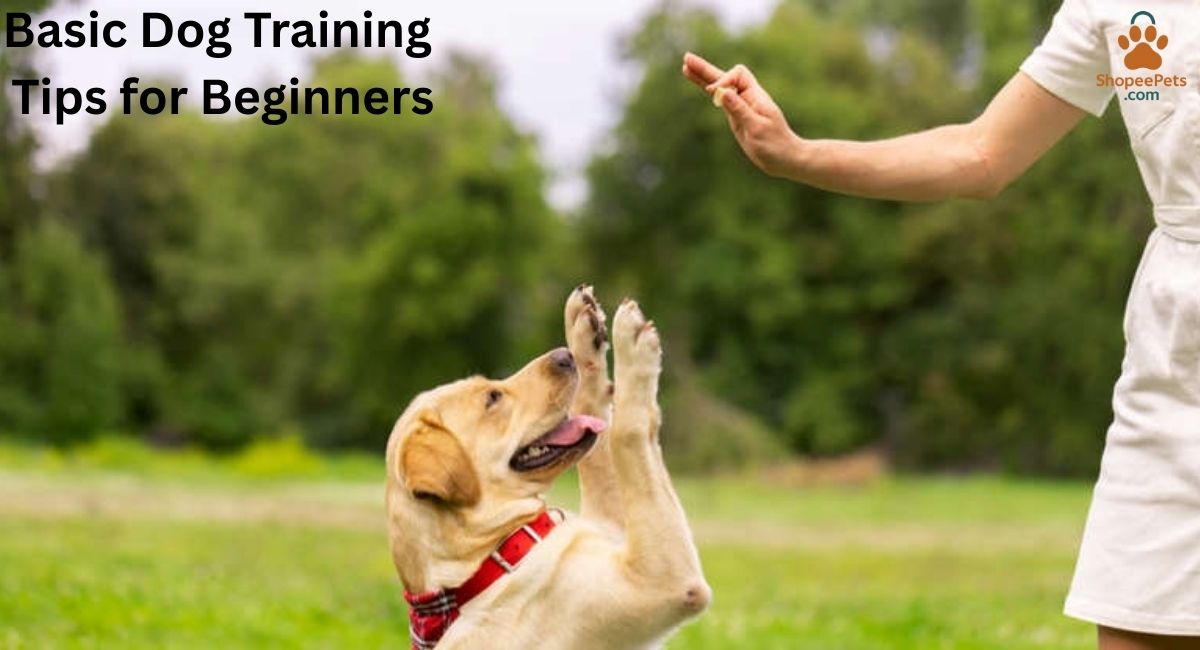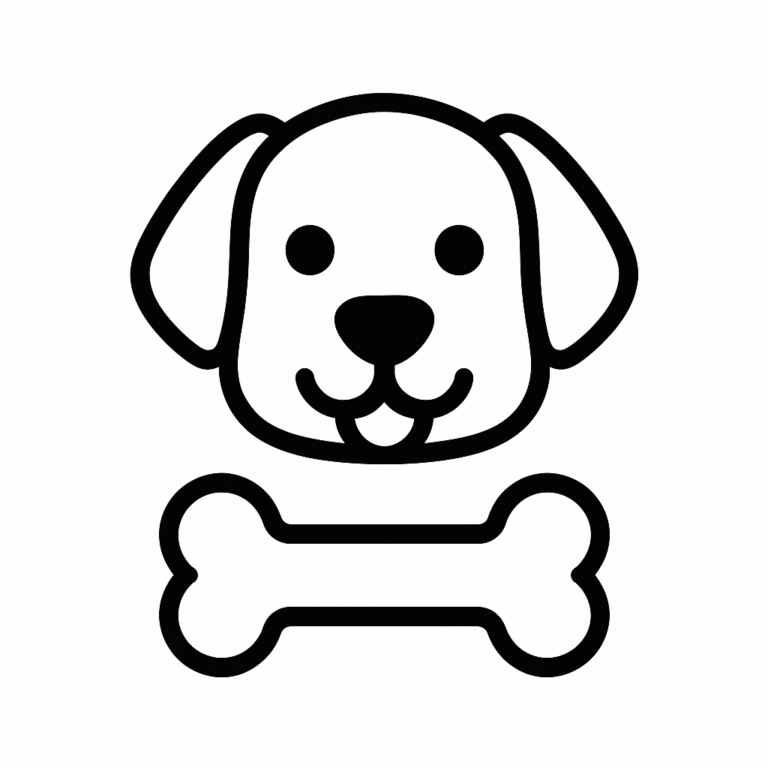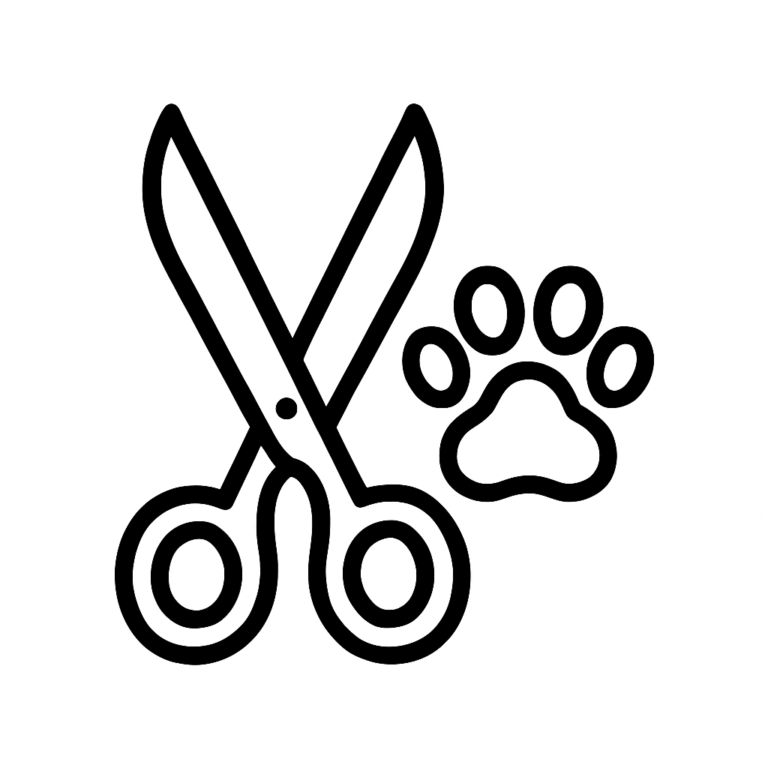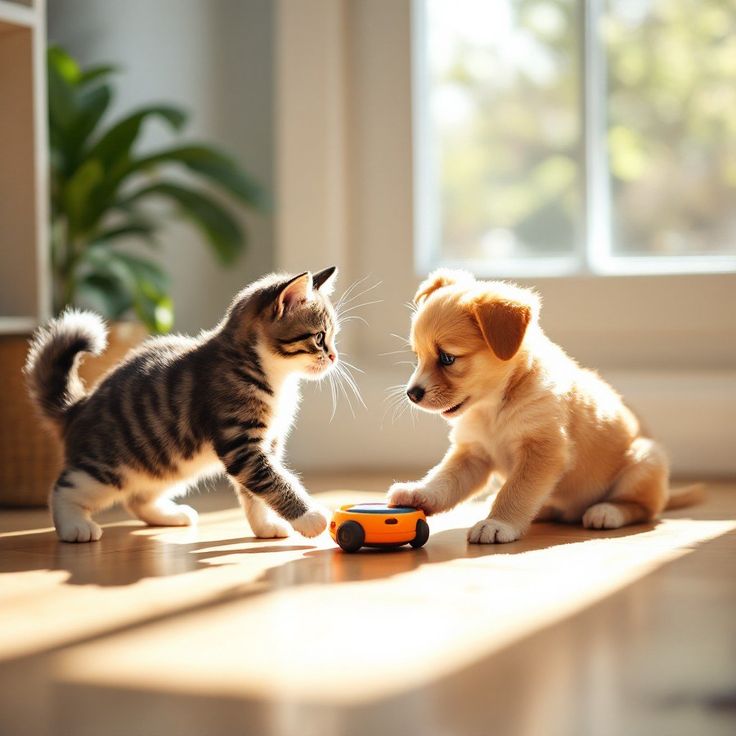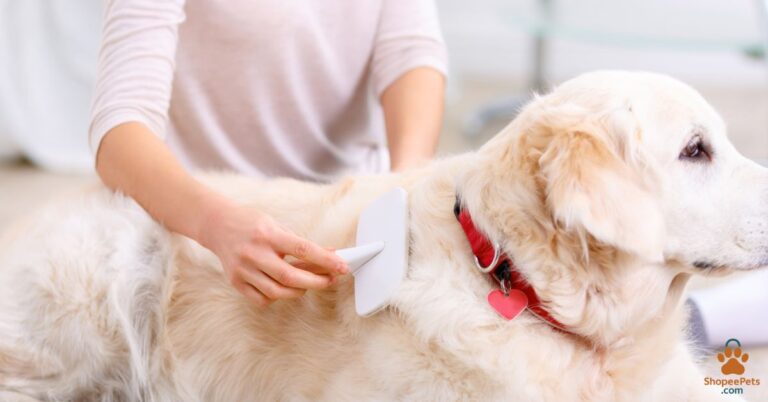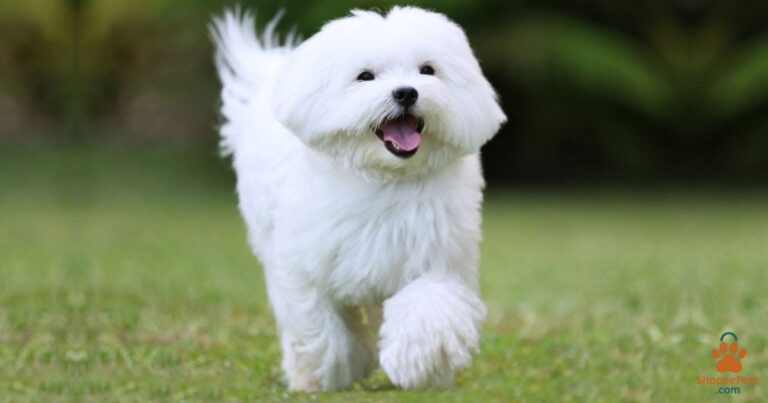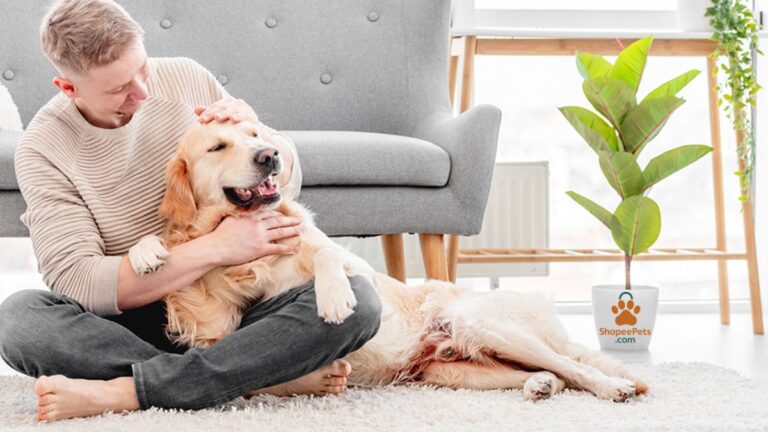Basic Dog Training for Beginners – Obedience & Good Habits
🐾Introduction
Dog training is one of the most important aspects of responsible pet ownership. Whether you are bringing home a playful puppy or an adult dog, dog training ensures that your pet grows into a well-behaved, obedient, and happy companion. Proper training helps dogs understand commands, develop good habits, and avoid behavioral issues like excessive barking, chewing, or ignoring commands.
Starting training early is crucial, but even adult dogs can learn new skills with patience and consistency. This guide is designed specifically for beginners and covers everything from basic commands, potty and crate training, socialization, to advanced techniques like obedience training for adult dogs, clicker training, and positive reinforcement methods.
By the end of this guide, you’ll have a clear step-by-step roadmap to train your dog effectively at home or with professional guidance, while using modern tools, apps, and treats to make learning fun and effective.
What You Will Learn in This Guide:
- The importance of dog training for safety, behavior, and bonding.
- How to start training your puppy at the right age.
- Basic commands every dog should know.
- Potty and crate training tips for beginners.
- Socialization techniques to build confidence.
- Positive reinforcement and clicker training methods.
- Handling common behavioral issues.
- Choosing the best training tools, apps, and classes.
Why Dog Training Matters
Training your dog is not just about teaching tricks – it’s about building a safe, healthy, and happy relationship between you and your pet. Dogs that are properly trained are easier to manage, safer around people and other pets, and less likely to develop behavioral problems.
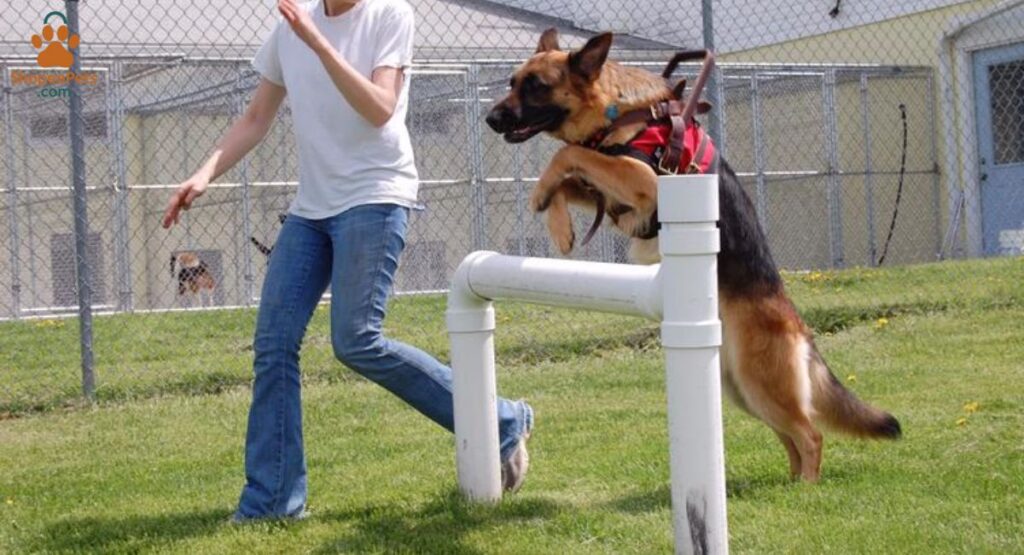
Safety and Control
Proper dog training ensures that your dog responds to commands like come, sit, stay, and heel. This is especially important in public spaces or emergency situations. A well-trained dog is less likely to run into traffic, jump on strangers, or get into fights with other animals.
Building Trust and Bond
Training sessions strengthen the bond between you and your dog. Positive interactions during obedience training build mutual trust and respect. Dogs enjoy learning when rewarded with treats, praise, and playtime, which also makes training enjoyable for beginners.
Reducing Behavioral Problems
Behavioral issues like barking, chewing, jumping, or digging often occur due to lack of guidance. Early puppy training and consistent reinforcement can prevent these problems from developing. A well-trained dog is more confident and less anxious, which makes it a happier pet overall.
When to Start Training Your Puppy
Starting puppy training at the right age is crucial for building good habits early. Puppies are most receptive to learning between 8 and 16 weeks old, which is considered the prime socialization period. During this time, they can easily pick up basic commands, potty training, and social skills.
It’s important to introduce your puppy to new people, other dogs, and different environments gradually. Early exposure helps reduce fear and anxiety in adult dogs. For example, taking your puppy to a well-supervised dog park or enrolling them in a reputable online dog training program can significantly boost their confidence and obedience.
Table 1: Puppy Training Milestones by Age
| Age (Weeks) | Training Focus | Tips |
|---|---|---|
| 8–10 | Socialization, Name Recognition | Introduce new people, sounds, short sessions |
| 10–12 | Potty Training & Basic Commands | Use crate, consistent schedule |
| 12–16 | Leash Walking, Obedience | Positive reinforcement, short training sessions |
By focusing on these milestones, beginners can ensure that their puppies develop a strong foundation for obedience training and long-term good behavior.
Basic Commands Every Dog Should Learn
Teaching basic commands is the foundation of effective dog training. Whether you have a puppy or an adult dog, commands like sit, stay, come, and heel are essential for safety and daily life. Using clear verbal cues along with dog training hand signals helps your dog respond faster and reduces confusion.
For example, teaching your dog to sit before mealtime or when guests arrive establishes good manners. Similarly, using a firm come command ensures your dog returns safely when off-leash. Incorporating hand signals while practicing commands can make training more effective, especially for dogs that are hard of hearing or very visual learners.
Common Commands to Teach:
- Sit: Use a treat to lure the dog into sitting while saying “Sit.”
- Stay: Hold your hand up, say “Stay,” and reward when the dog remains in place.
- Come: Use a happy tone and reward when the dog comes to you.
- Down: Encourage the dog to lie down using a treat.
- Heel: Train your dog to walk calmly beside you on a leash.
Dog Training Hand Signals
Hand signals can reinforce verbal commands and improve understanding. Examples include:
- Open palm up → Sit
- Flat hand toward chest → Stay
- Pointing finger toward ground → Down
- Waving hand toward yourself → Come
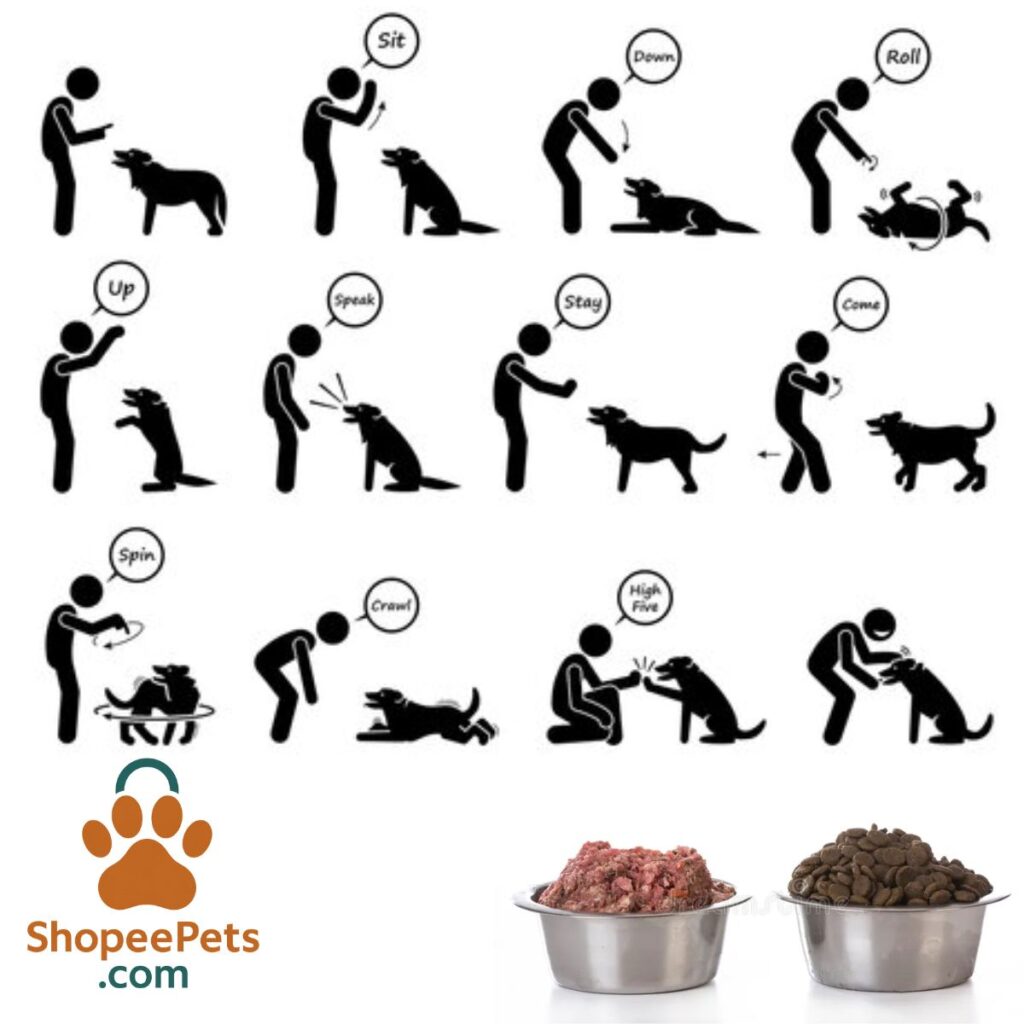
Potty Training Tips for Puppies
Potty training is one of the first essential skills for any puppy. Starting early ensures that your puppy develops good habits and avoids accidents in the house. Using positive reinforcement with training treats makes this process faster and more enjoyable for both you and your dog.
A consistent schedule is key: take your puppy outside first thing in the morning, after meals, after naps, and before bedtime. Praise and reward your puppy immediately after they eliminate in the correct spot. For example, a small treat or a cheerful “Good job!” encourages repetition of the desired behavior. Beginners can also use dog training apps to set reminders, track progress, and get step-by-step potty training guidance.
Common Accidents and How to Handle
- Do Not Punish: Accidents are normal. Avoid scolding; instead, clean the area thoroughly to remove scent cues.
- Supervise: Keep an eye on your puppy indoors and confine them to safe spaces when you cannot supervise.
- Watch for Signs: Sniffing, circling, or whining often indicates your puppy needs to go outside.
Reward Systems
- Use training treats consistently when your puppy successfully goes potty in the correct place.
- Gradually reduce treats as your puppy becomes more reliable, but continue verbal praise.
- Incorporate short play sessions as rewards, combining obedience training and potty habits.
Crate Training Made Easy
Crate training is a highly effective method for teaching your dog good habits, providing a safe space, and aiding in potty training. When done correctly, it helps your puppy feel secure and reduces anxiety when left alone.
Start by choosing the right crate—it should be large enough for your dog to stand, turn around, and lie down comfortably, but not too big, or your puppy may use one corner as a bathroom. Place the crate in a quiet, familiar area and make it cozy with a soft blanket or bed.
Gradual Crate Introduction
- Encourage your puppy to enter the crate voluntarily using treats or favorite toys.
- Feed meals inside the crate to create a positive association.
- Gradually increase crate time, starting with a few minutes and slowly extending sessions.
Avoiding Common Mistakes
- Never use the crate as punishment; it should always be a safe and happy place.
- Avoid leaving your puppy in the crate for too long, especially during the early stages of training.
- Ensure the puppy has had a potty break before crating to prevent accidents.
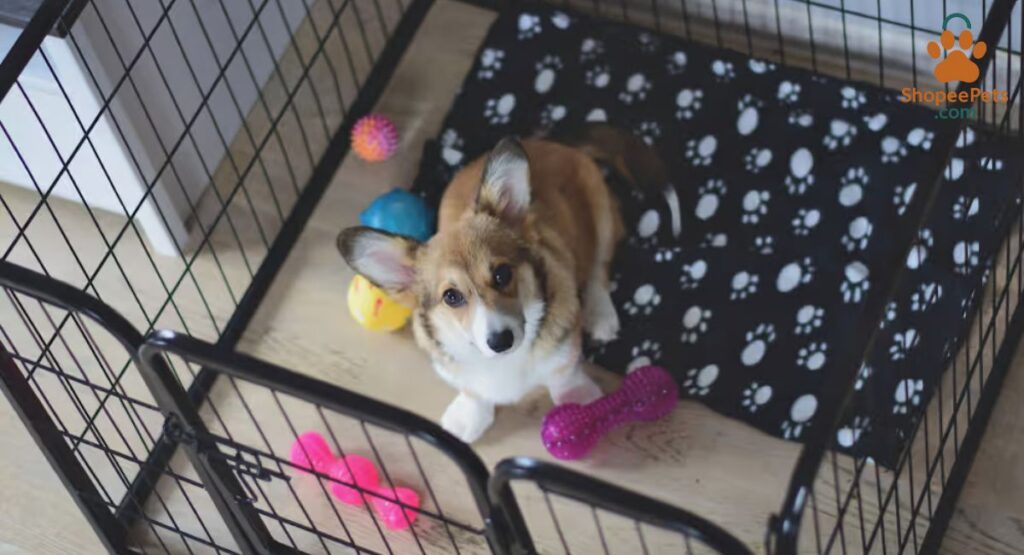
Socialization: Building Confidence in Dogs
Socialization is a critical part of dog training that helps your dog become confident, well-adjusted, and friendly with people, other animals, and new environments. Proper socialization reduces fear, anxiety, and aggression later in life.
Start socializing your puppy early, ideally between 8 and 16 weeks, by exposing them to various people, dogs, sounds, and surfaces. Short, positive experiences build confidence and prevent behavioral issues. For adult dogs, gradual exposure and rewards can help overcome fear or hesitation.
Introducing New People
- Invite friends and family over for short, controlled interactions.
- Reward calm behavior with training treats or verbal praise.
- Avoid forcing the dog to interact; allow them to approach at their own pace.
Interacting with Other Dogs
- Use puppy playdates or enroll in a dog training class for supervised interaction.
- Monitor body language and separate dogs if play becomes too rough.
- Praise positive social behavior and gentle play.
Exposure to Environments
- Take your dog on short trips to parks, streets, or pet-friendly stores.
- Gradually introduce new sounds like traffic, vacuum cleaners, or crowds.
- Reward calm and confident behavior during exposure.
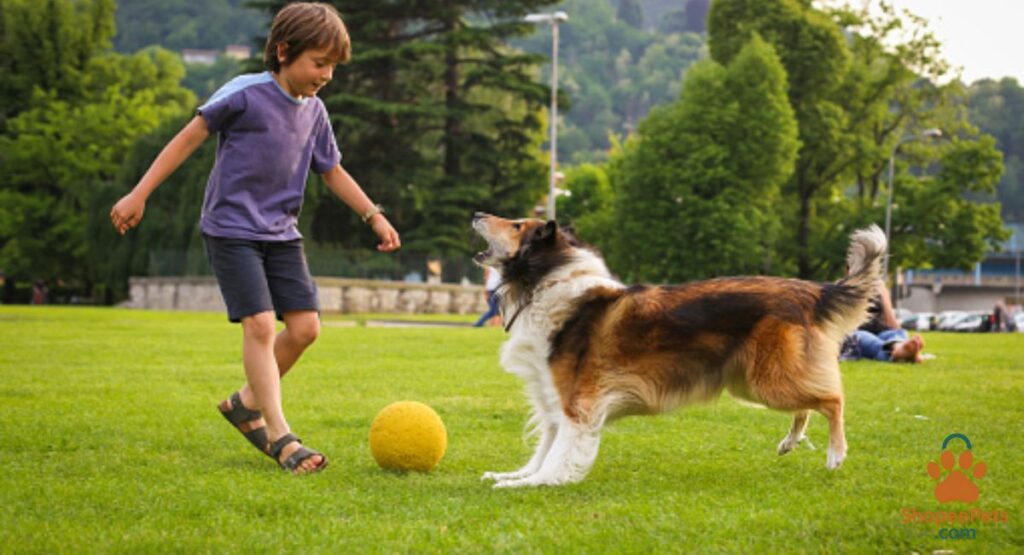
Positive Reinforcement Training
Positive reinforcement training is one of the most effective and humane methods for teaching dogs. Instead of punishing unwanted behavior, you reward good behavior using treats, praise, or playtime. This encourages your dog to repeat the desired actions and makes learning fun for both you and your pet.
Using training treats during sessions is especially helpful for puppies and adult dogs learning new commands. Timing is key—reward your dog immediately after they perform the correct behavior to strengthen the association. For beginners, digital aids like dog training apps can help track progress and suggest rewards schedules.
Using Treats Effectively
- Use small, soft treats that your dog can quickly eat.
- Reserve special treats for training sessions to maintain high motivation.
- Gradually reduce treats as your dog becomes more reliable with commands, relying more on verbal praise.
Praise & Encouragement
- Verbal praise like “Good dog!” or enthusiastic petting works alongside treats.
- Consistency and excitement in your voice make positive reinforcement more effective.
Avoiding Punishment-Based Training
- Never hit or yell at your dog, as it can lead to fear, aggression, or anxiety.
- Redirect unwanted behavior instead of punishing; for example, offer a chew toy instead of scolding for chewing furniture.
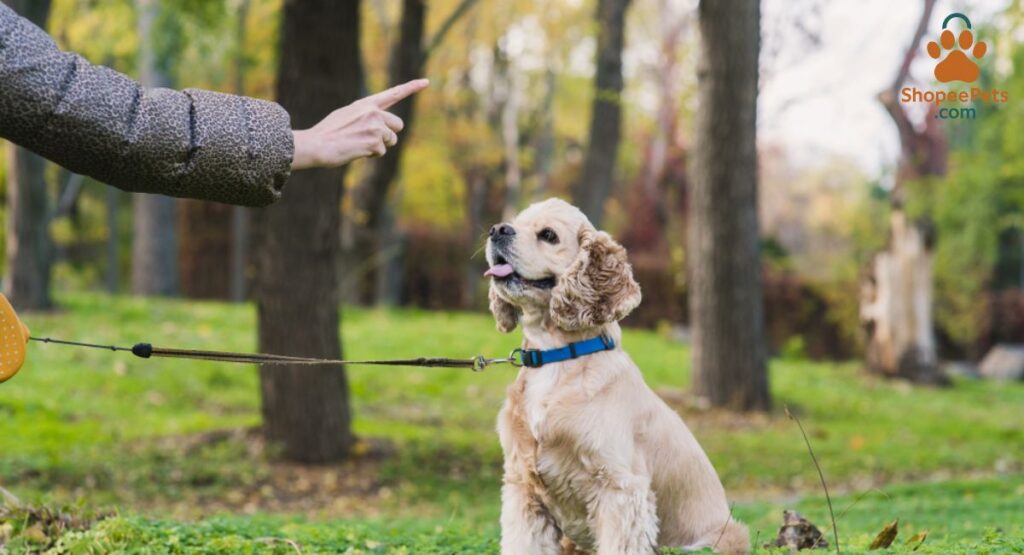
Clicker Training for Better Results
Clicker training is a form of positive reinforcement that uses a small device that makes a “click” sound to mark desired behavior. The click is immediately followed by a reward, usually a treat, which helps your dog understand exactly which action is being praised. This method is highly effective for teaching both basic commands and advanced tricks.
Clicker training works especially well for puppy training and obedience training because it provides precise feedback. Beginners can also use dog training apps that include clicker functions or tracking tools to keep training consistent and engaging.
How Clicker Training Works
- Introduce the clicker by clicking and immediately giving your dog a treat.
- Use the clicker to mark the exact moment your dog performs the desired behavior.
- Repeat consistently to build a strong connection between the click and the reward.
Timing and Reward Techniques
- Click as soon as the action is performed, not after.
- Pair the click with a high-value treat for maximum motivation.
- Gradually phase out treats over time, continuing to use the click as a signal of approval.
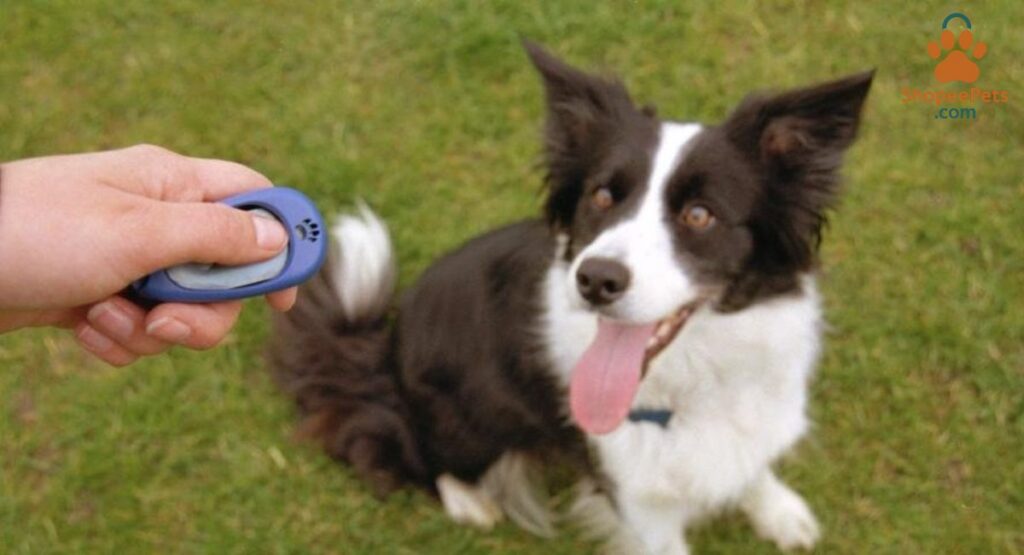
Obedience Training for Adult Dogs
Obedience training is not just for puppies—adult dogs can also learn new skills and improve their behavior. Training older dogs helps reinforce good habits, correct behavioral issues, and strengthen the bond between you and your pet. Using dog training hand signals along with verbal commands can make learning easier, especially for adult dogs who may already have established habits.
Consistency, patience, and positive reinforcement are key when training adult dogs. Short, frequent sessions work better than long, exhausting ones. Incorporating tools like training treats and dog training apps can track progress and provide guidance for advanced commands.
Key Focus Areas for Adult Dog Training
- Reinforcing Basic Commands: Ensure your dog reliably follows sit, stay, come, and heel.
- Behavior Correction: Address issues like jumping, leash pulling, or excessive barking.
- Mental Stimulation: Teach tricks and puzzles to keep your dog’s mind active and engaged.
Using Hand Signals
- Hand signals can complement verbal commands, especially for dogs that respond better visually.
- Examples: open palm for sit, pointing finger for down, waving hand for come.
- Consistency in signals is important; change signals only gradually if needed.
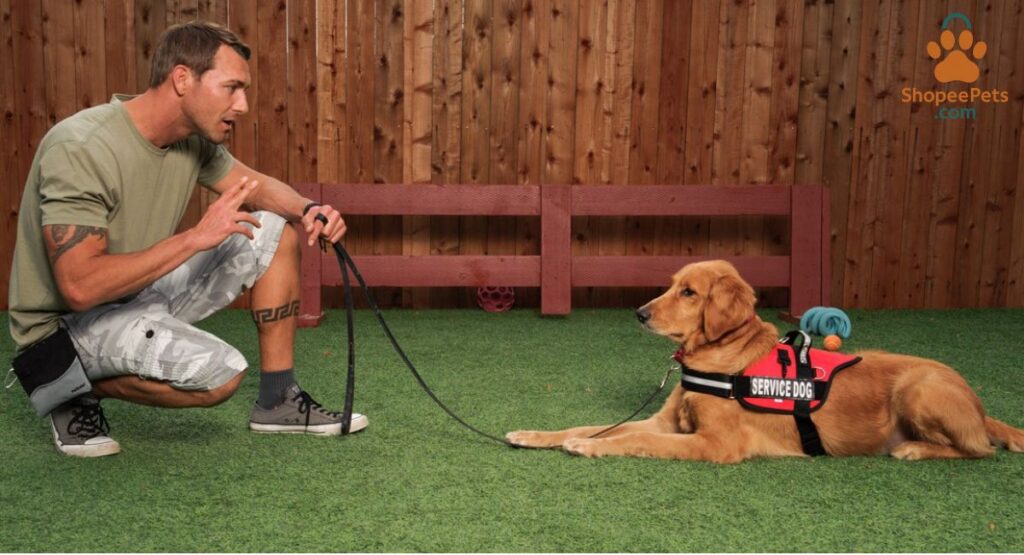
Common Dog Training Mistakes to Avoid
Even experienced dog owners make mistakes during dog training, which can slow progress or confuse your dog. Being aware of these pitfalls helps beginners train more effectively and ensures long-term success.
Inconsistent Commands
Using different words or hand signals for the same command can confuse your dog. Always use consistent verbal cues and dog training hand signals. For example, if you use “Sit” today, don’t switch to “Down” for the same action tomorrow.
Skipping Positive Reinforcement
Failing to reward good behavior reduces motivation. Use training treats or praise to encourage repetition of desired behaviors. Avoid punishment-based training as it can lead to fear or aggression.
Short or Irregular Training Sessions
Training should be frequent but short. Puppies especially have short attention spans, so 5–10 minute sessions multiple times a day work best. Irregular practice slows learning and can lead to frustration.
Neglecting Socialization
Not exposing your dog to people, other pets, and new environments early can cause fear or aggression later. Include supervised socialization alongside obedience training.
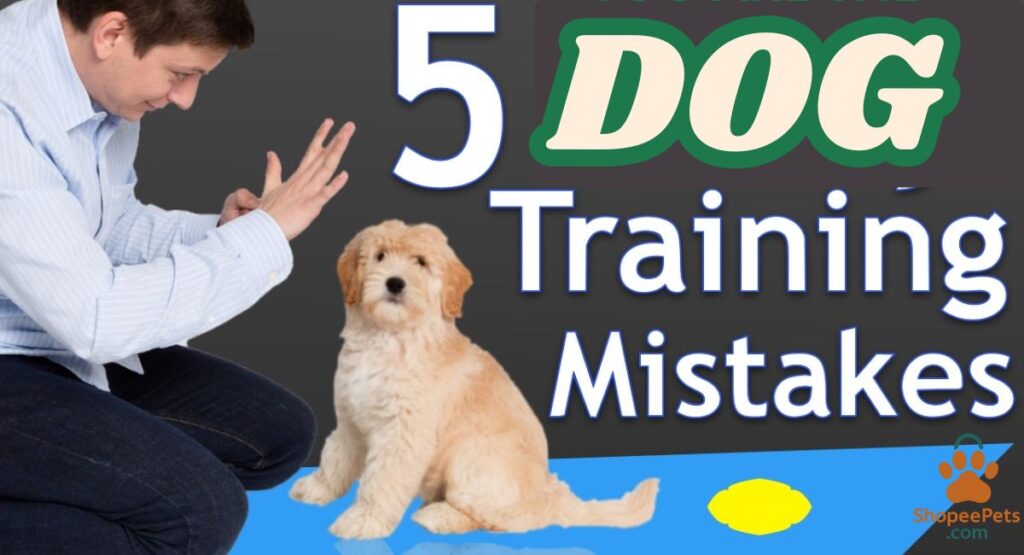
How to Handle Behavioral Issues
Behavioral issues are common in dogs, but with proper guidance and dog training, most problems can be corrected. Addressing these issues early prevents them from becoming habits that are difficult to change.
Excessive Barking
Excessive barking can indicate boredom, anxiety, or attention-seeking behavior. Teach your dog the “Quiet” command and reward them when they stop barking. Using positive reinforcement ensures they learn the behavior calmly rather than out of fear.
Chewing and Destructive Behavior
Dogs often chew due to teething, boredom, or stress. Provide appropriate chew toys and redirect destructive behavior. Reward them for chewing approved items. For puppies, crate training and potty training tips also help reduce accidental destruction.
Aggression Toward People or Dogs
Aggression may stem from fear or lack of socialization. Consult a professional dog trainer for severe cases, and start with controlled socialization exercises. Positive reinforcement and dog training hand signals can guide your dog toward calm behavior.
Separation Anxiety
Gradual desensitization and short absences can help dogs with separation anxiety. Leave toys or puzzles to distract them and reward calm behavior upon your return. Dog training apps can track progress and provide structured routines.
Leash Training and Walking Manners
Leash training is essential for safety and enjoyable walks. A dog that pulls, lunges, or ignores commands can make walks stressful for both the owner and the pet. Proper dog training techniques help your dog walk calmly on a leash while responding to basic commands.
Choosing the Right Leash and Collar
- Use a standard 4–6 foot leash for better control.
- Harnesses or head collars can reduce pulling for stubborn dogs.
- Avoid retractable leashes during training as they encourage pulling.
Teaching Loose-Leash Walking
- Start indoors or in a quiet area to minimize distractions.
- Reward your dog with training treats for walking beside you without pulling.
- Stop walking if the dog pulls; resume only when they return to your side.
Using Commands During Walks
- Teach “Heel,” “Sit,” and “Stay” commands during walks.
- Incorporate dog training hand signals for consistency.
- Praise calm behavior and ignore attention-seeking pulling.
Gradual Exposure to Busy Areas
- Slowly introduce your dog to streets, parks, and crowded areas.
- Reward calm and controlled behavior with treats or verbal praise.
- Consistent practice in different environments strengthens obedience.
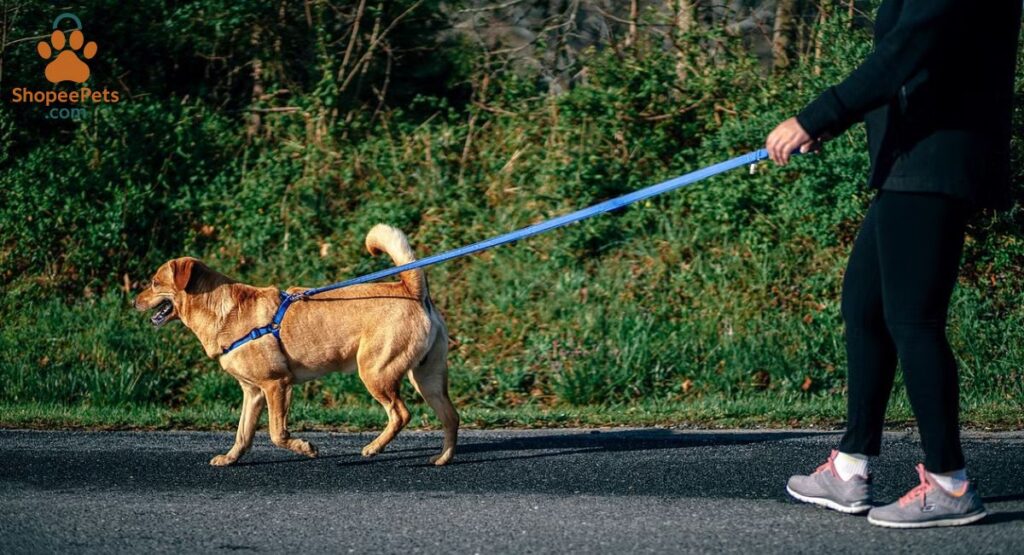
Advanced Dog Training Techniques
Once your dog has mastered basic commands, you can move on to advanced dog training techniques. These methods help refine obedience, build mental stimulation, and teach complex tricks or specialized skills like therapy or service tasks.
Scent and Search Training
- Teach your dog to locate hidden items using their natural scenting ability.
- Reward success immediately with training treats.
- Useful for games, advanced obedience, or future service dog training.
Agility Training
- Introduce obstacles like tunnels, jumps, and weave poles.
- Begin with low difficulty and gradually increase complexity.
- Encourages physical fitness, focus, and mental agility.
Targeting and Shaping
- Use a target stick or hand for dogs to touch specific objects or areas.
- Shape complex behaviors by rewarding successive approximations.
- Clicker training can be combined for faster results.
Specialized Training for Adult Dogs
- Therapy Dog Training: Prepares calm, obedient dogs to visit hospitals or schools.
- K9 Training: Advanced obedience and protection skills for working dogs.
- Trick Training: Fun, stimulating exercises to strengthen your bond.
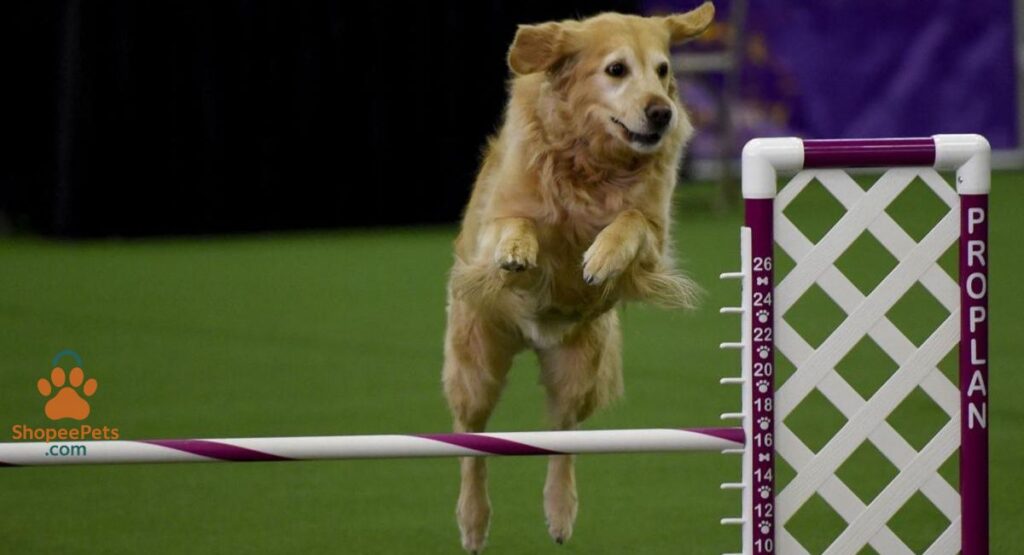
Importance of Consistency in Training
Consistency is one of the most critical aspects of dog training. Dogs thrive on predictable routines, and inconsistent commands, rewards, or rules can confuse them and slow progress. Consistency helps your dog understand expectations and reinforces good behavior more effectively.
Consistent Commands and Signals
- Always use the same verbal commands and dog training hand signals.
- Avoid changing cues for the same action; this prevents confusion.
- Practice regularly to maintain obedience even after initial training.
Regular Training Schedule
- Short, frequent sessions (5–15 minutes) work better than long, irregular ones.
- Stick to a daily schedule for feeding, potty breaks, and training.
- Consistency builds reliability and reduces accidents or disobedience.
Family-Wide Consistency
- Ensure all household members use the same commands and rules.
- Everyone should reward desired behavior and redirect unwanted actions consistently.
- Mixed signals from family members can undo progress and create frustration.
Combining with Positive Reinforcement
- Pair consistency with training treats or praise for the best results.
- Gradually reduce treats while keeping verbal cues consistent.
- Reinforce learned behaviors during walks, play, and socialization sessions.
Best Tools and Accessories for Training
Using the right tools and accessories can make dog training easier, more effective, and enjoyable for both you and your dog. While not all tools are necessary, some items can significantly enhance training sessions and accelerate learning.
Training Treats
- High-value, soft treats are ideal for positive reinforcement.
- Use treats strategically to reward desired behaviors.
- Gradually reduce treat dependence as your dog becomes more consistent.
Clickers
- Clickers provide a clear signal to your dog that they performed the correct behavior.
- Pair the click with treats for faster learning, especially during advanced commands or trick training.
Leashes and Harnesses
- Standard leashes of 4–6 feet are best for control and safety.
- Harnesses reduce pulling for stubborn dogs and prevent neck injuries.
- Avoid retractable leashes during training, as they encourage pulling.
Crates and Beds
- A properly sized crate helps with potty training, safety, and creating a secure space for your dog.
- Comfortable bedding encourages positive associations with the crate.
Training Apps and Digital Aids
- Dog training apps help track progress, suggest routines, and provide tutorials for beginners.
- Apps can remind you of training sessions and track behavior improvements over time.
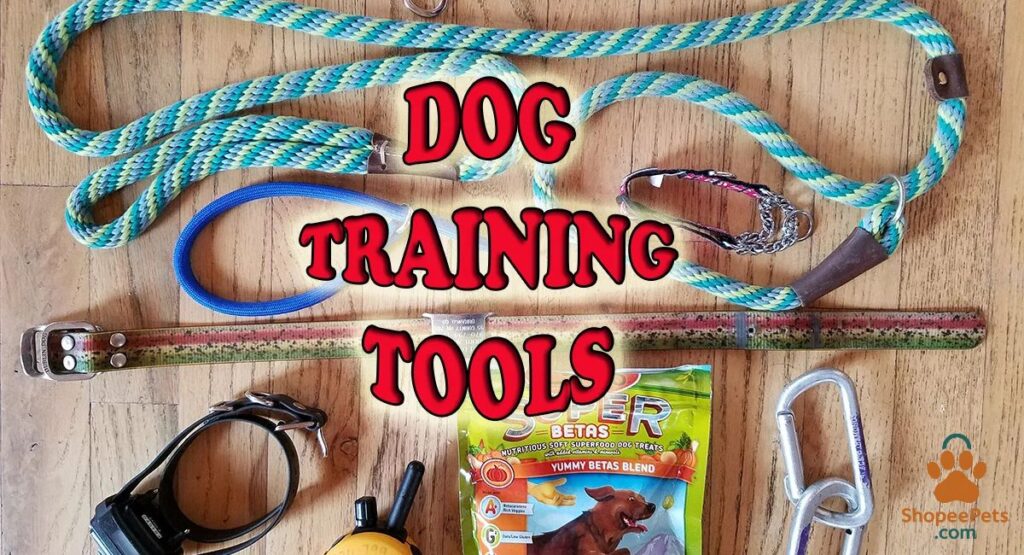
Hiring a Professional Dog Trainer
Sometimes, despite your best efforts, you may need expert guidance. Hiring a professional dog trainer ensures proper training techniques, personalized guidance, and faster results, especially for behavioral issues or advanced training goals.
When to Consider a Professional
- Persistent behavioral problems like aggression or anxiety.
- Difficulty teaching obedience commands or advanced tricks.
- Preparing your dog for therapy, service, or K9 training.
How to Choose the Right Trainer
- Look for certifications such as CPDT-KA (Certified Professional Dog Trainer) or experience in positive reinforcement methods.
- Check reviews and ask for references from other dog owners.
- Observe a class or training session before committing.
Cost and Scheduling
- Training fees vary based on location, trainer experience, and session type.
- Some offer group classes, private sessions, or virtual consultations via dog training apps.
- Discuss goals and expected outcomes beforehand.
Combining Professional Help with At-Home Training
- Reinforce what your trainer teaches during daily at-home sessions.
- Use training treats and consistent dog training hand signals to maintain progress.
- Regular practice and consistency help solidify behaviors learned professionally.
At-Home Training vs Dog Training Classes
When it comes to dog training, both at-home sessions and professional classes have advantages. Choosing the right approach depends on your dog’s temperament, your schedule, and the training goals. Many owners combine both methods for optimal results.
At-Home Training
- Flexible and convenient; you can train anytime during the day.
- Ideal for reinforcing basic commands, potty training, and leash manners.
- Uses everyday routines to teach obedience, making learning practical and consistent.
- Tools like dog training apps or training treats help structure sessions effectively.
Dog Training Classes
- Provides professional guidance and structured learning environments.
- Socialization opportunities with other dogs and people.
- Trainers can correct mistakes immediately and teach advanced techniques like clicker training.
- Good for owners who want accountability and structured progression.
Combining Both Methods
- Begin with professional classes for foundational skills, then reinforce at home.
- Use dog training hand signals consistently across both settings.
- Track progress using apps or training logs to ensure continuous improvement.
| Feature | At-Home Training | Dog Training Classes |
|---|---|---|
| Flexibility | High – Train anytime | Scheduled sessions |
| Cost | Low – Only tools and treats | Higher – Trainer fees |
| Socialization | Limited – Only family members | High – Other dogs & people |
| Professional Guidance | Low – Owner dependent | High – Certified trainer |
| Suitable for Advanced Skills | Moderate – Can practice basics & some tricks | Excellent – Advanced obedience & specialized training |
| Tools & Accessories Needed | Leash, crate, treats, apps | Trainer-provided, plus optional personal tools |
| Progress Tracking | Owner logs or apps | Trainer feedback & structured milestones |
Dog Training Hand Signals
Using hand signals along with verbal commands can significantly improve your dog’s learning speed. Dogs often respond faster to visual cues, making hand signals an essential part of dog training.
Basic Hand Signals
- Sit: Open palm facing up.
- Down: Pointing finger toward the ground.
- Come: Wave your hand toward yourself.
- Stay: Open hand, palm facing the dog, held steady.
Combining Signals with Verbal Commands
- Always pair a hand signal with a consistent verbal command.
- This combination reinforces understanding and helps in situations where one cue may be missed.
Teaching New Signals
- Start with one new hand signal at a time.
- Reward your dog immediately when they respond correctly.
- Practice frequently but keep sessions short to maintain attention.
Common Mistakes with Hand Signals
- Changing signals too often can confuse your dog.
- Using exaggerated or inconsistent gestures reduces effectiveness.
- Failing to reward correct responses slows progress.
| Command | Hand Signal | Description | Tips for Training |
|---|---|---|---|
| Sit | Open palm facing up | Dog sits on the ground | Reward immediately, keep sessions short |
| Down | Pointing finger to the ground | Dog lies down | Pair with verbal command “Down” |
| Come | Wave hand toward yourself | Dog comes to you | Practice in distraction-free area first |
| Stay | Open hand, palm facing dog | Dog stays in position | Gradually increase duration |
| Heel | Move hand along side | Dog walks beside you | Use leash and reward for staying close |
FAQ – Dog Training
Q1: What is the best age to start training my puppy?
A1: The best age to start dog training is between 7–8 weeks. Early training helps puppies develop good habits, socialization skills, and basic obedience commands.
Q2: How long should each training session last?
A2: Keep sessions short, around 5–15 minutes, 2–3 times a day. Short, frequent sessions maintain your dog’s attention and prevent boredom.
Q3: What are the most important commands every dog should learn?
A3: Basic commands include Sit, Down, Stay, Come, Leave It, and Heel. These commands help in daily life and ensure your dog’s safety.
Q4: How do I stop my dog from pulling on the leash?
A4: Practice leash training using a standard 4–6 ft leash and consistent commands. Reward calm walking behavior and avoid retractable leashes during training.
Q5: Are treats necessary for dog training?
A5: Treats are highly recommended, especially in the beginning. They act as positive reinforcement, making it easier for your dog to associate commands with rewards.
Q6: Can I train my dog at home without classes?
A6: Yes, at-home training works well for basic commands, potty training, and leash manners. Consistency, patience, and using tools like dog training apps can make home training effective.
Q7: What is clicker training and why is it useful?
A7: Clicker training uses a small device that makes a “click” sound to mark correct behavior. Pair it with treats to teach new commands quickly and clearly.
Q8: How can I prevent behavioral issues in my dog?
A8: Consistent training, socialization, exercise, and using positive reinforcement help prevent common behavioral issues like chewing, barking, or aggression.
Q9: Should I hire a professional dog trainer?
A9: Hiring a professional is useful for persistent behavioral problems, advanced commands, or if you want expert guidance. Combine professional training with at-home practice for best results.
Q10: How do hand signals help in dog training?
A10: Dog training hand signals give visual cues that dogs respond to quickly. Pairing signals with verbal commands improves communication and accelerates learning.
Conclusion
Training your dog is more than just teaching commands—it’s about building a strong, trusting relationship and promoting good behavior throughout your dog’s life. From basic obedience and potty training to advanced techniques and hand signals, consistent dog training ensures your pet is happy, confident, and well-mannered. Whether you choose at-home sessions, professional classes, or a combination of both, patience, positive reinforcement, and consistency are key. By following these methods and using the right tools, you can enjoy a lifelong bond with a well-trained dog.
Meta Description
Learn dog training for beginners! Master obedience, potty training, leash manners, and advanced techniques with tips, tools, and hand signals.


Naeem – Founder, ShopeePets
Helping pet lovers choose the best with honest product reviews, practical advice, and trusted guidance for every pet owner.
Visit ShopeePets.com →